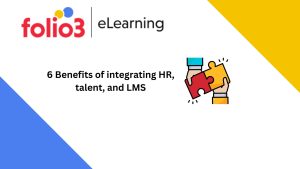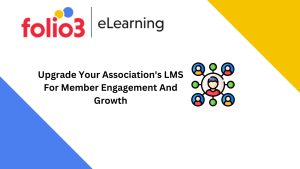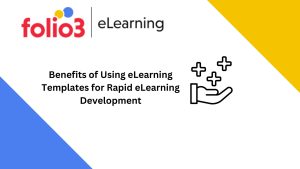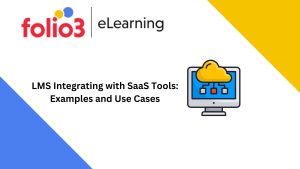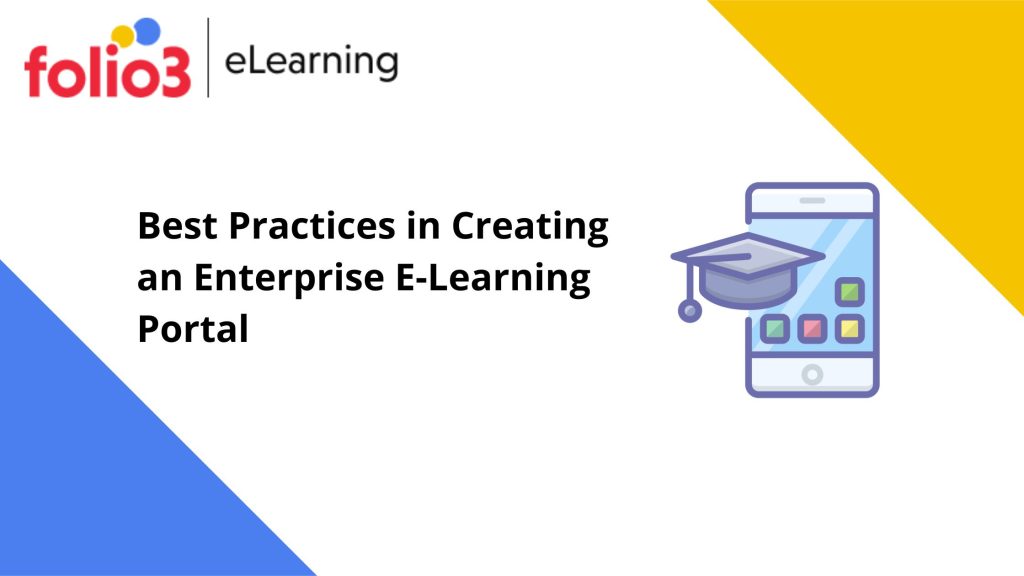
Creating an enterprise e-learning portal is something every business is thinking of doing if they haven’t already started. This is because almost half the profitable organizations in the world are already using e-learning solutions to help their employees and workers hone their skills and stay motivated. What is this doing for these companies, you ask? It is improving employee motivation and showing an exponential rise in their engagement and productivity. It is showing employees that their organization cares about their personal growth as well as growth in ROI. It provides a medium to employees and offers them learning opportunities that help them enhance their skills and boost productivity simultaneously.
We have compiled a comprehensive list of best practices in creating an enterprise e-learning portal to make it easier for you to create your educational app using industry best practices. But first let us discuss why your organization needs an e-learning portal at all, and how it can benefit you.
Benefits of Creating an Enterprise E-Learning Portal
Why is it essential to have an enterprise e-learning portal? What can it do for your organization? Is it even worth spending money on? These are some questions that may be on your mind if you are thinking about developing an e-learning portal for your organization. Let us start by telling you that an e-learning portal will actually reduce your training cost as well as time. This helps in cutting down on various other expenses and also helps maximize productivity! Here are some other benefits that we have listed for you:
- Your employees end up utilizing their free time in productive online training while completing their tasks on time. They learn better time management and become more productive.
- The employees are up-to-date with the latest knowledge and developments in their field of training so your company maintains a competitive edge.
- Online learning opportunities reduce the time as well as energy spent on physical training and sessions for the management as well as the employees.
- Employees attend online sessions more regularly because they can do so at their own convenience from their homes or wherever they may be.
- An online portal means the employees can revisit and revise any crucial information whenever the need arises.
- Your employees don’t have to stick to a particular time to take their training.
- You can track your employees’ progress and provide them constructive feedback at the same time.
What are the Best Practices in Creating an Enterprise E-Learning Portal?
Finally down to the real question. What are those best practices and how will they help you with your e-learning portal? Let’s discuss.
1. Prioritize your brand identity and requirements and keep them in mind when you choose your authoring tool.
Your authoring tool should be able to offer you all the features and functionality you require from your e-learning solution. Your employees are all going to have unique requirements and they possibly can’t be on the same learning curve. You won’t be able to go back to the programmers for every little edit. An authoring tool will help you create your courses with little to no help from a programmer. This is why it is very important to choose the right one.
2. Focus on Design
The next best practice in creating an enterprise e-learning portal is to design your courses as well as your solution with the help of a multitude of e-learning templates that help you save time as well as effort. These templates ensure that you can design an impeccable course and solution with little to no prior design knowledge or technical background. Design is not limited to attractive graphics and incorporating your brand into the design. It is supposed to evoke the learners’ emotions, engage them, and challenge them. It is supposed to help you enhance your learners’ experience, make it easy for them, and maximize knowledge retention.
3. Select a Cloud-Based Portal
The next important best practice is to choose an e-learning portal that is cloud-based. Cloud-based portals offer you a plethora of benefits. Your employees will be able to easily access the cloud-based portal from wherever they are and be able to locate whatever they need from images and videos to quizzes as well as progress reports. These portals also make it possible to build a shared calendar for all the assignment deadlines and any upcoming events.
4. Implement Essential Social Learning Tools
This is an important practice and pertains to additional social media platforms such as Facebook and YouTube, especially those catering to the age group your employees belong to. For instance, younger employees may be more used to Instagram than Facebook. Embedding social links into the content encourages learners to read up more about the topic and helps them relate to it more. It can help your learners consume knowledge faster while giving your course a more sophisticated look. The use of social learning tools also helps retain your employees for longer periods.
5. Understand Any Limitations Your Learners May Have
This is crucial if you want your e-learning portal to be a success. Do not go overboard with fancy multimedia elements without keeping in mind your learners’ limitations and challenges. You need to observe and understand your learners’ capacity and understanding before you decide to upgrade their skill level and wait till your employee accomplishes a milestone that shows he has conquered one skill area. Gamification helps learners in overcoming challenges and limitations in skill and knowledge and also helps the employees retain more knowledge. If you end up keeping things simple and fun, your employees will keep visiting the e-learning portal by themselves without any prompt, which will also help improve their productivity in the long run.
Conclusion
These are the best practices used in creating an enterprise e-learning portal that actually helps your employees retain knowledge and maximize the Return on Investment (ROI). With a cloud-based portal, employees no longer have to worry about being able to access resources. Everything is now available to them at the tap of a finger on their smartphones and tablets.
Need Help Creating an Enterprise E-Learning Portal?
Contact our e-learning experts today to get a detailed demo of the perfect cloud-based e-learning portal and how it can be customized to fit your needs and requirements.
